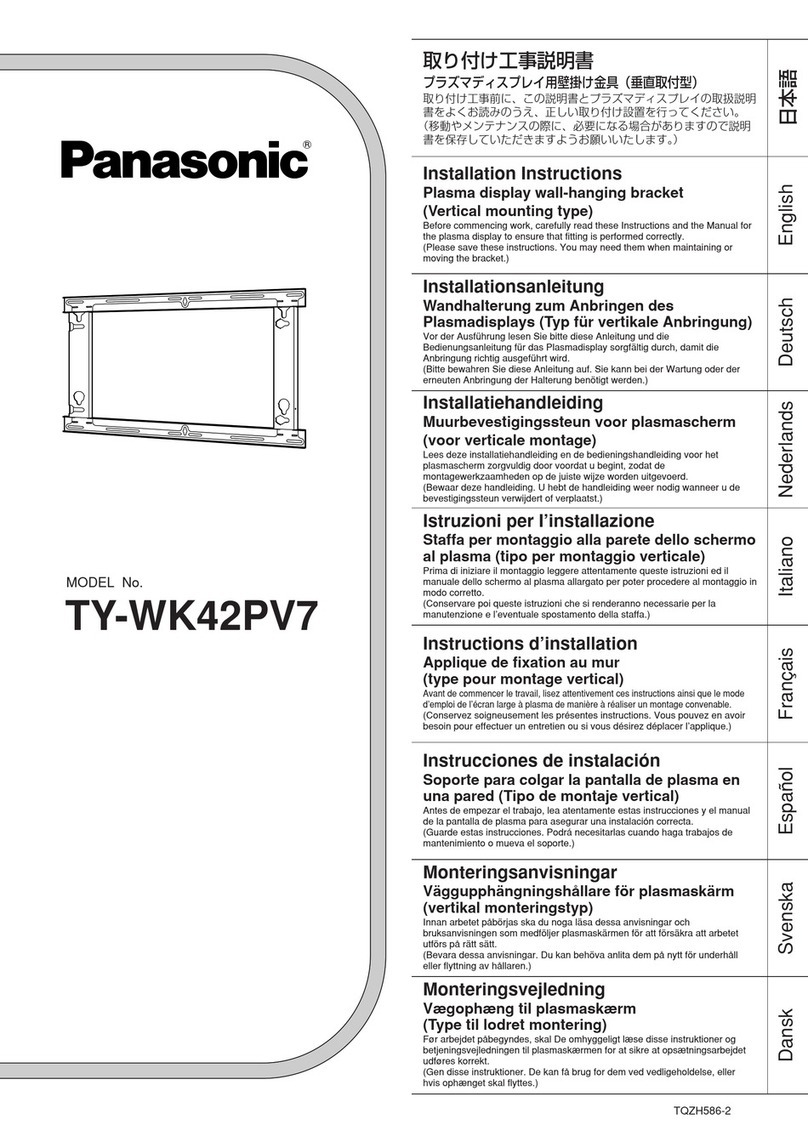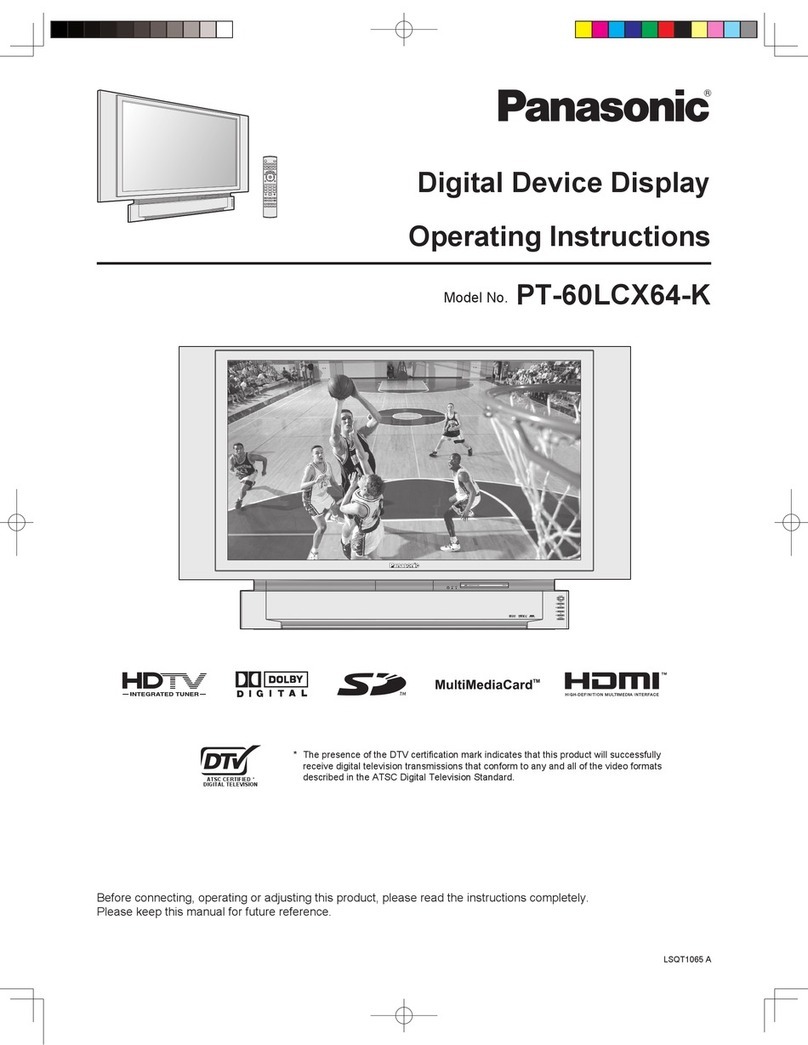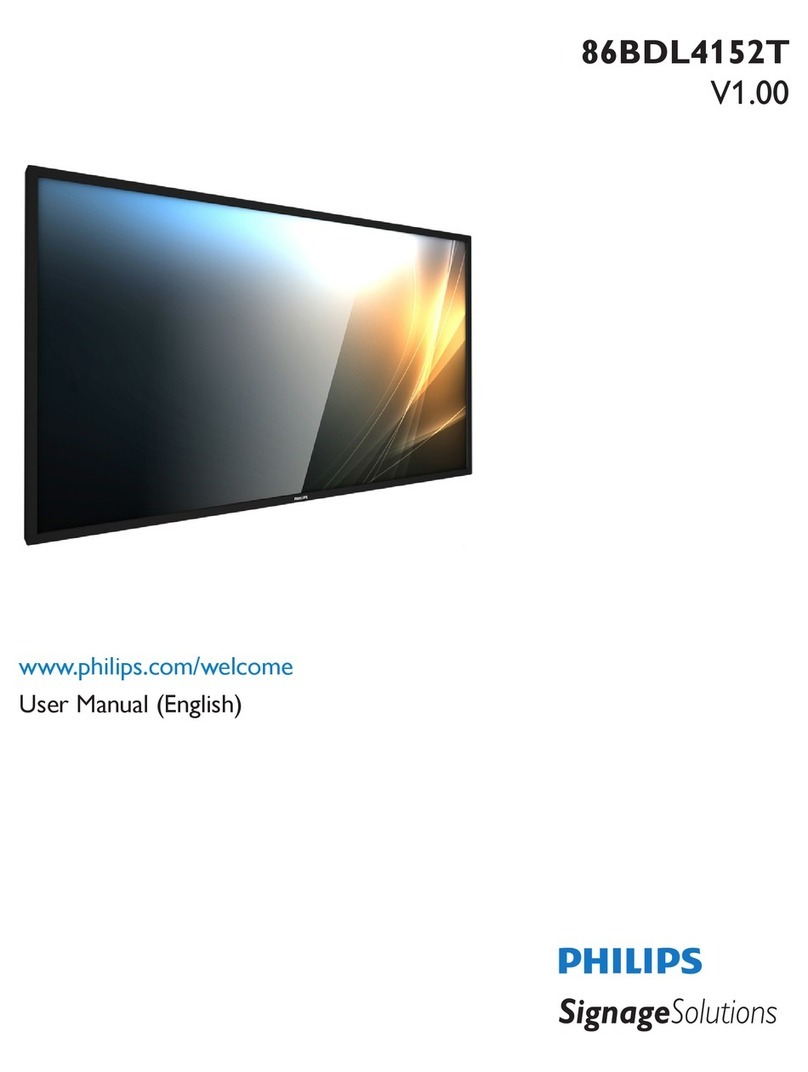Panasonic C1381 User manual
Other Panasonic Monitor manuals

Panasonic
Panasonic TH-43LFE8U User manual

Panasonic
Panasonic TH-47LF30U User manual
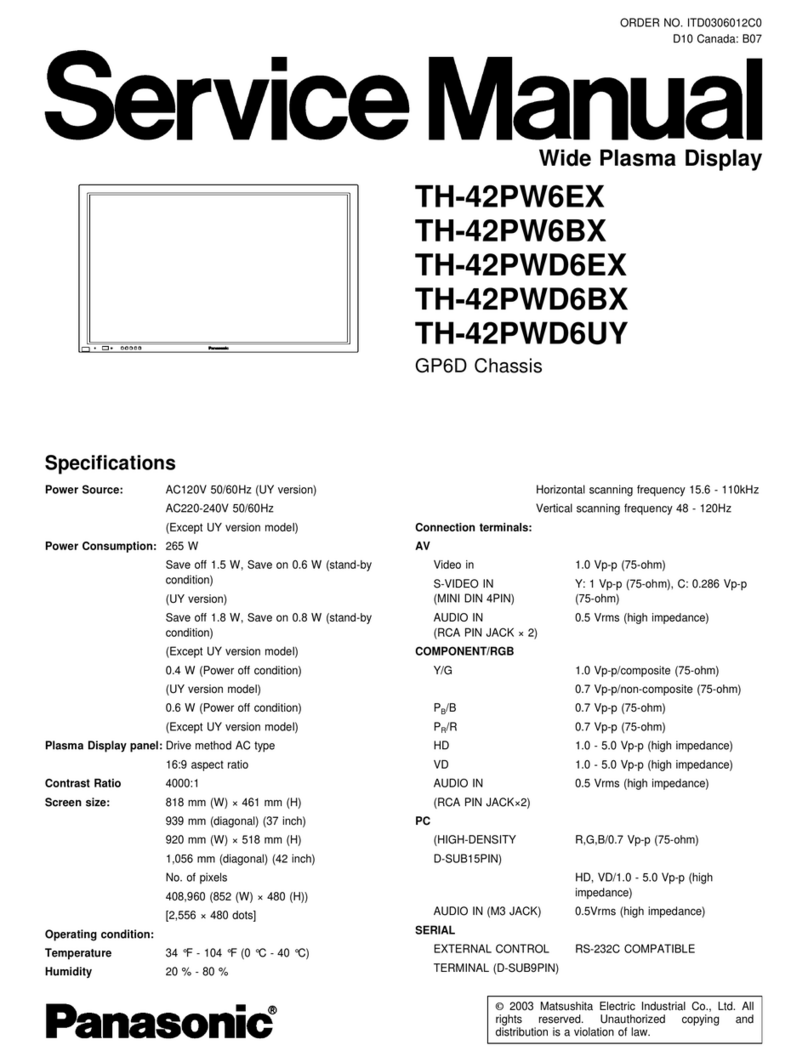
Panasonic
Panasonic TH-42PW6EX User manual
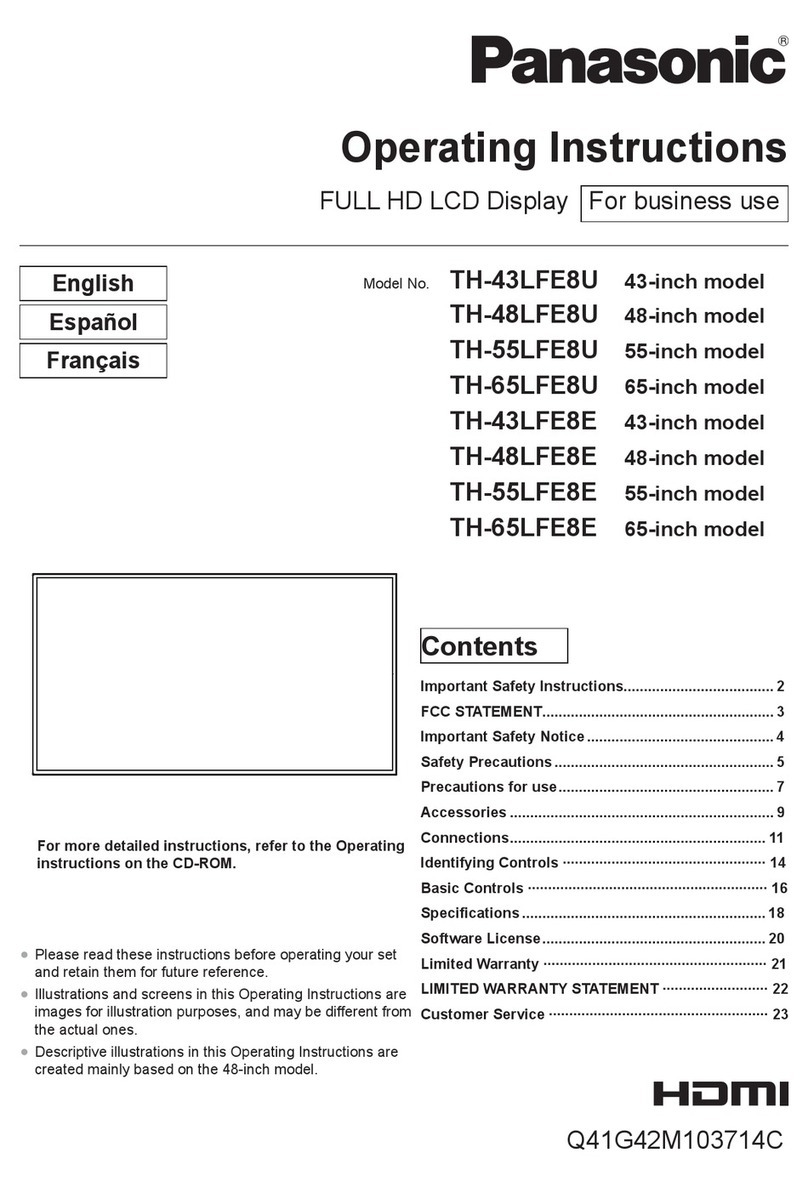
Panasonic
Panasonic TH-43LFE8U User manual
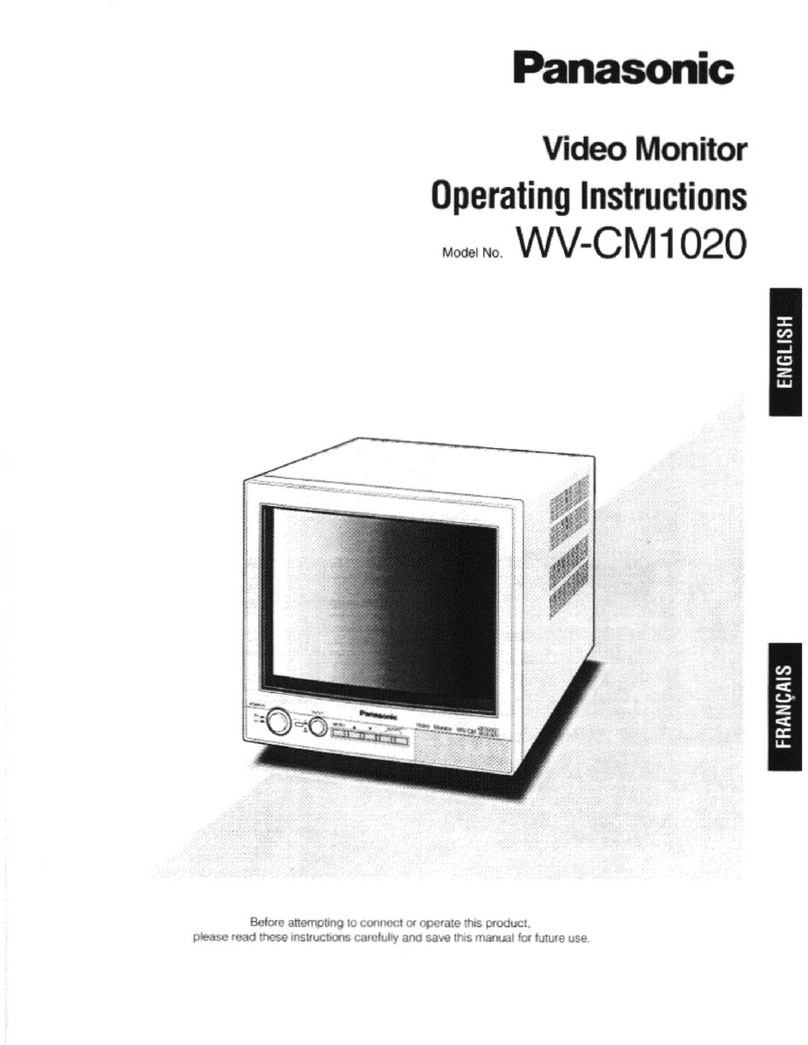
Panasonic
Panasonic WV-CM1020 User manual

Panasonic
Panasonic TH-42PW7LZ User manual
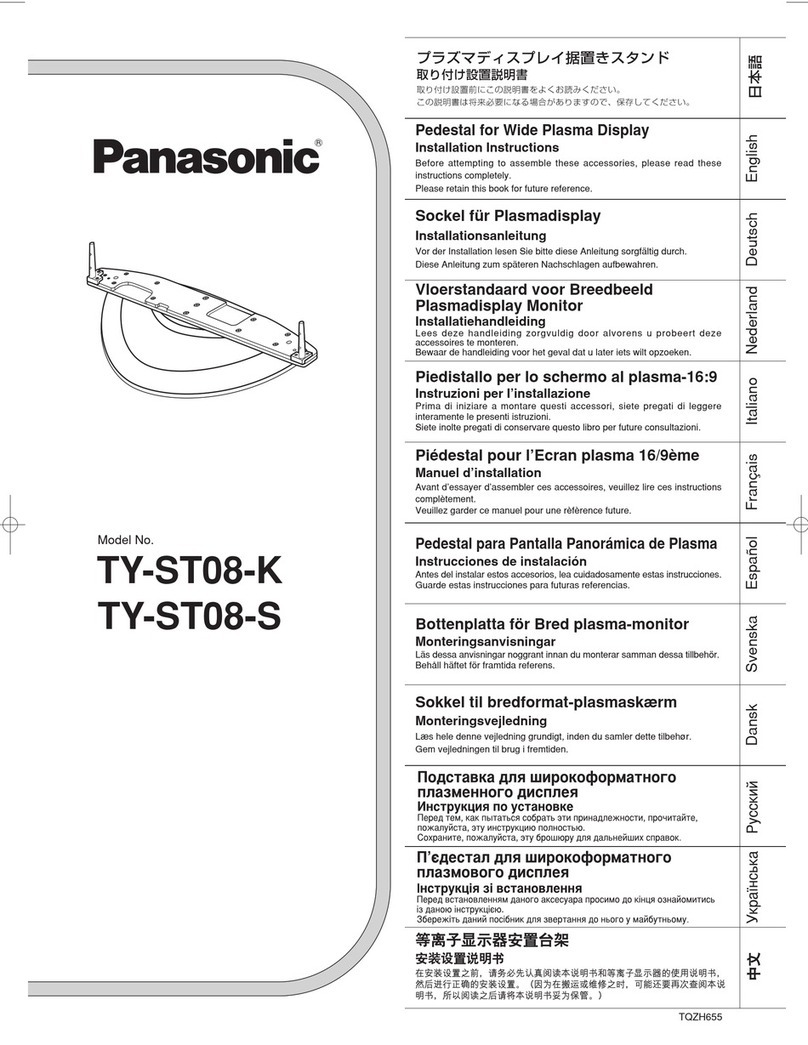
Panasonic
Panasonic TY-ST08S User manual

Panasonic
Panasonic TH-50BT300U User manual

Panasonic
Panasonic Viera TH-42PW4 User manual

Panasonic
Panasonic TH-58PF12UK User manual
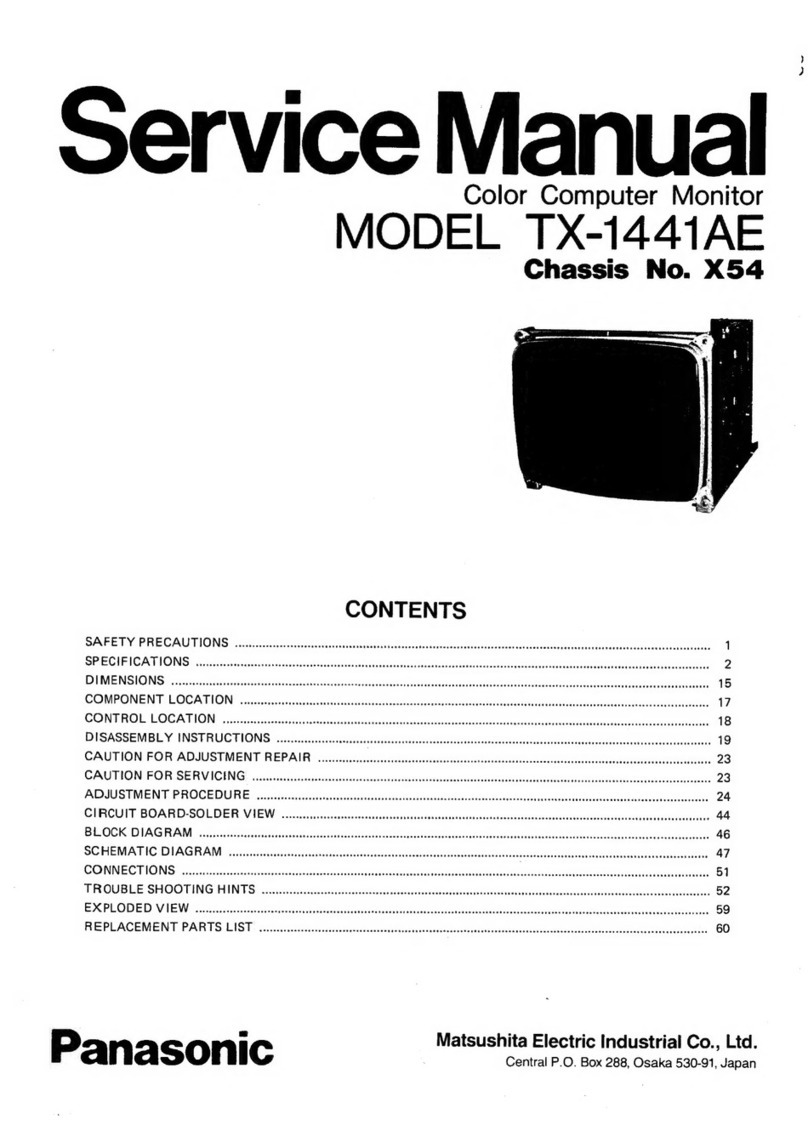
Panasonic
Panasonic TX-1441AE User manual
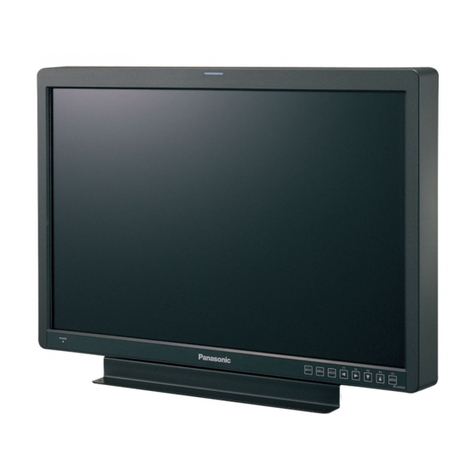
Panasonic
Panasonic BT-LH1710W User manual

Panasonic
Panasonic BTS950 - COLOR VIDEO MONITOR User manual
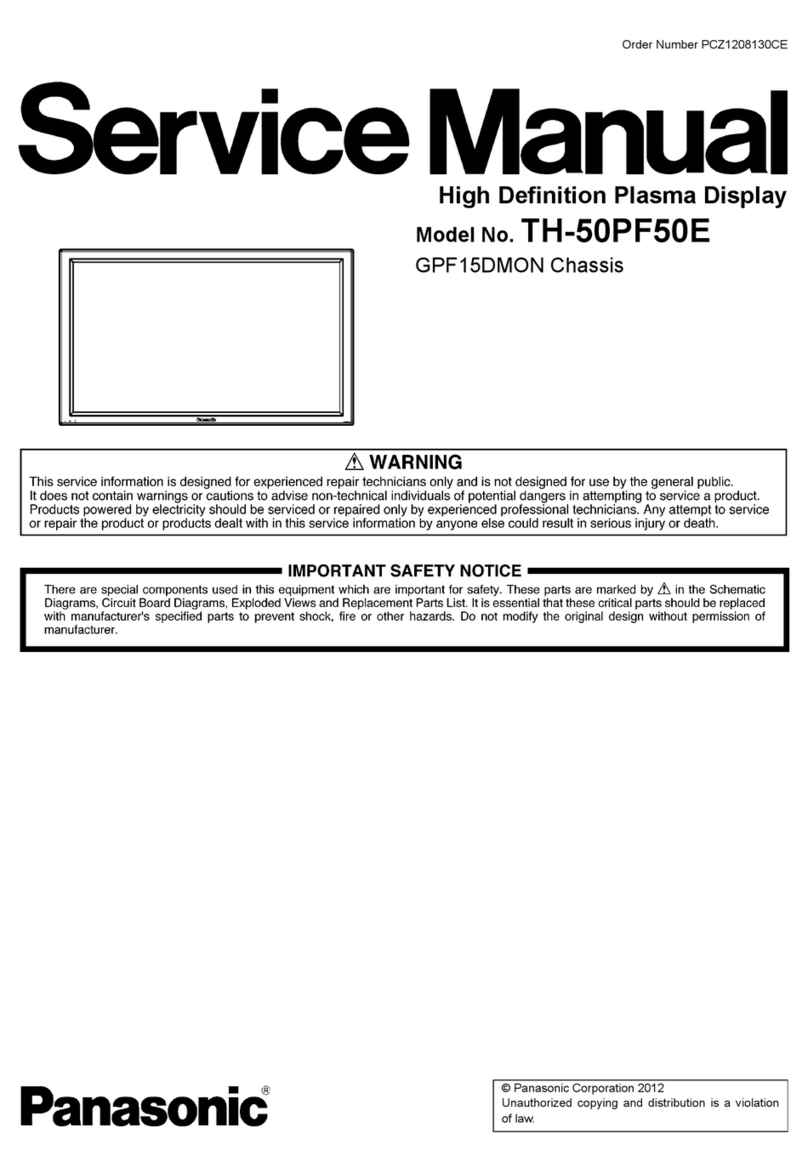
Panasonic
Panasonic TH-50PF50E User manual

Panasonic
Panasonic TH-55LFV9U User manual
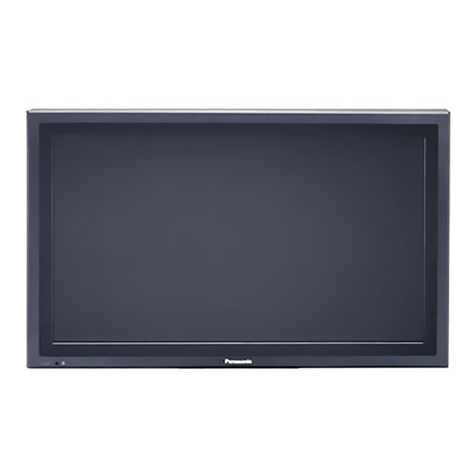
Panasonic
Panasonic TH-42PHD8BK User manual

Panasonic
Panasonic Viera TH-37PH10 Instruction Manual
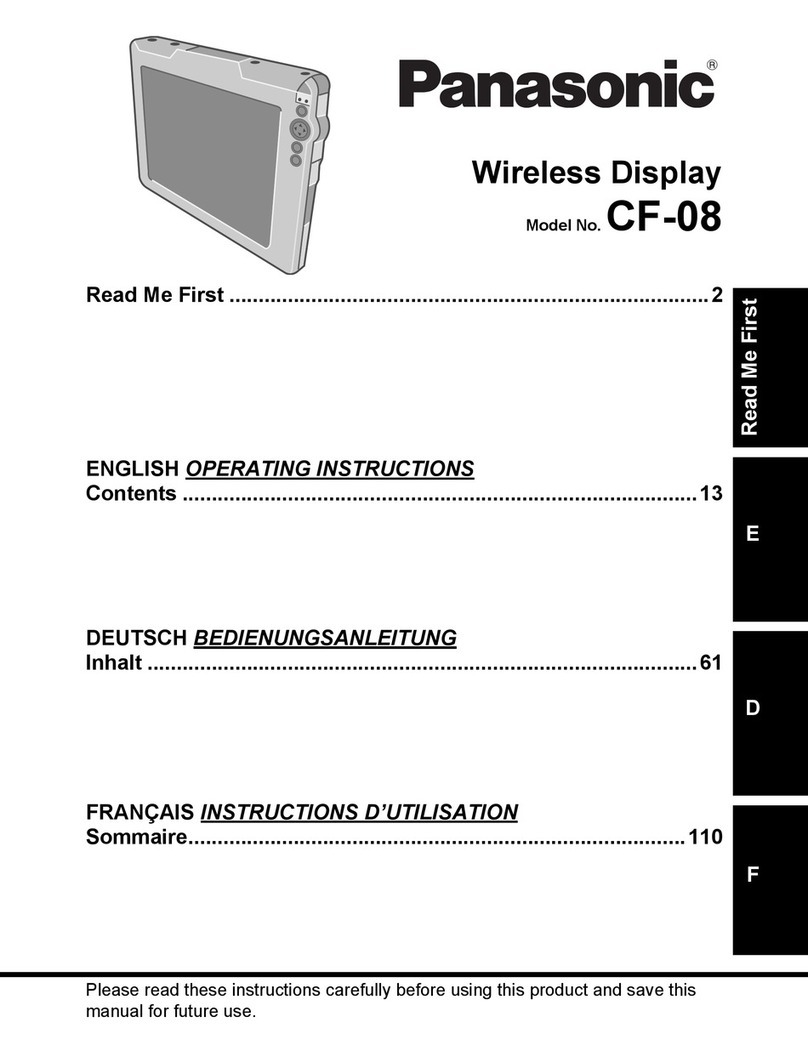
Panasonic
Panasonic Toughbook CF08 Manual

Panasonic
Panasonic TH-37PW7BX User manual
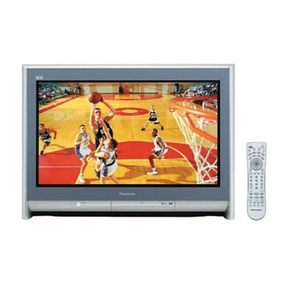
Panasonic
Panasonic CT34WX53 - 34" TAU TV User manual
